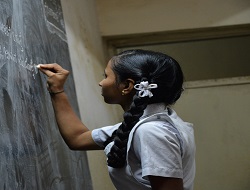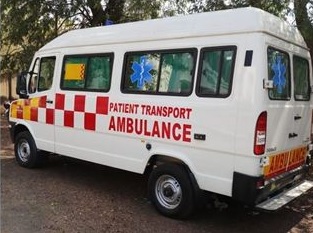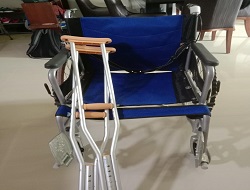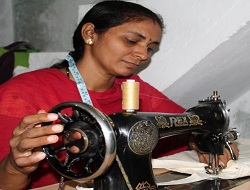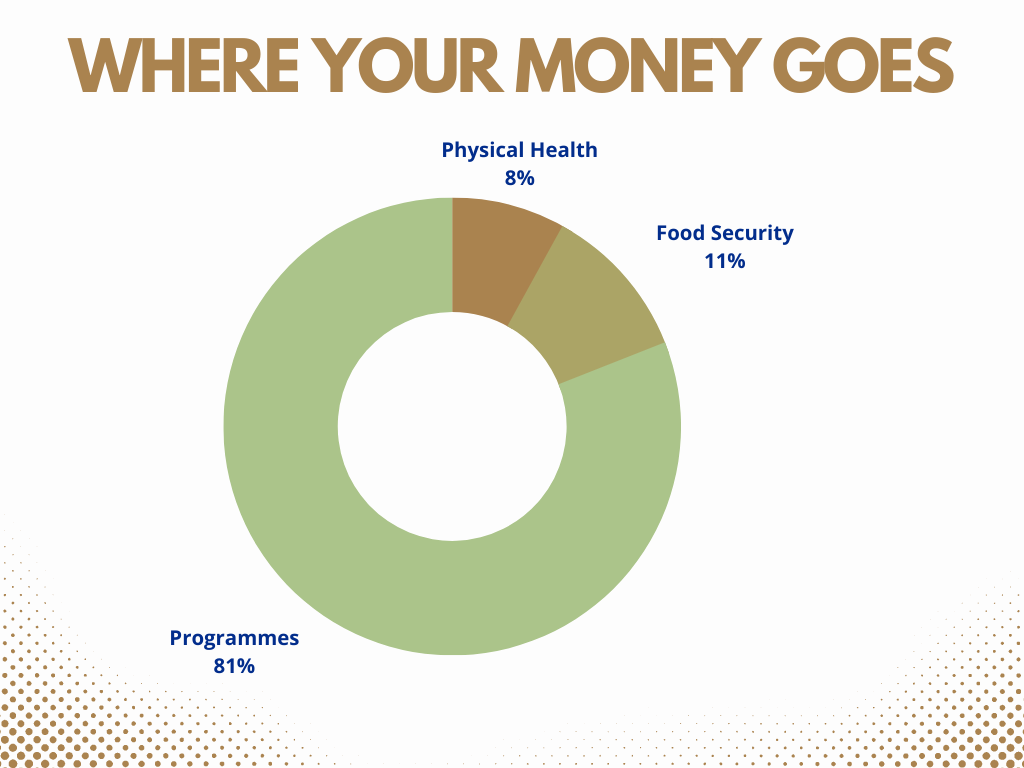A recent study by the Department of Health reveals that one in four seniors fall each year. That's about 2.6 million falls, resulting in about 23,400 deaths a year. Of these falls, 20% result in serious injuries such as head injuries or broken bones. Hip fractures can be particularly disabling and dangerous for seniors – and more than 95% of hip fractures are caused by falls.
Falls can cause expensive injuries, and after a first fall, seniors are twice as likely to fall again.
The injuries themselves are not the only cause for concern. Seniors heal more slowly, and if their muscles atrophy while immobilized, a vicious cycle begins that can drastically reduce their agility.
Seniors also have a higher mortality rate associated with major surgery and have greater difficulty with anaesthesia. Lack of oxygen during surgery can worsen symptoms of Alzheimer's disease or other forms of dementia in the elderly; secondary infections are also more common – and more difficult to avoid.
There are several assistive devices that seniors can use depending on their level of mobility. Choosing the right device will depend on the patient's level of mobility and the layout of the patient's home. From maximum support to minimal assistance, aids such as crutches, walkers, wheelchairs, etc. can help provide stability and balance as patients walk, stand, and reach.
